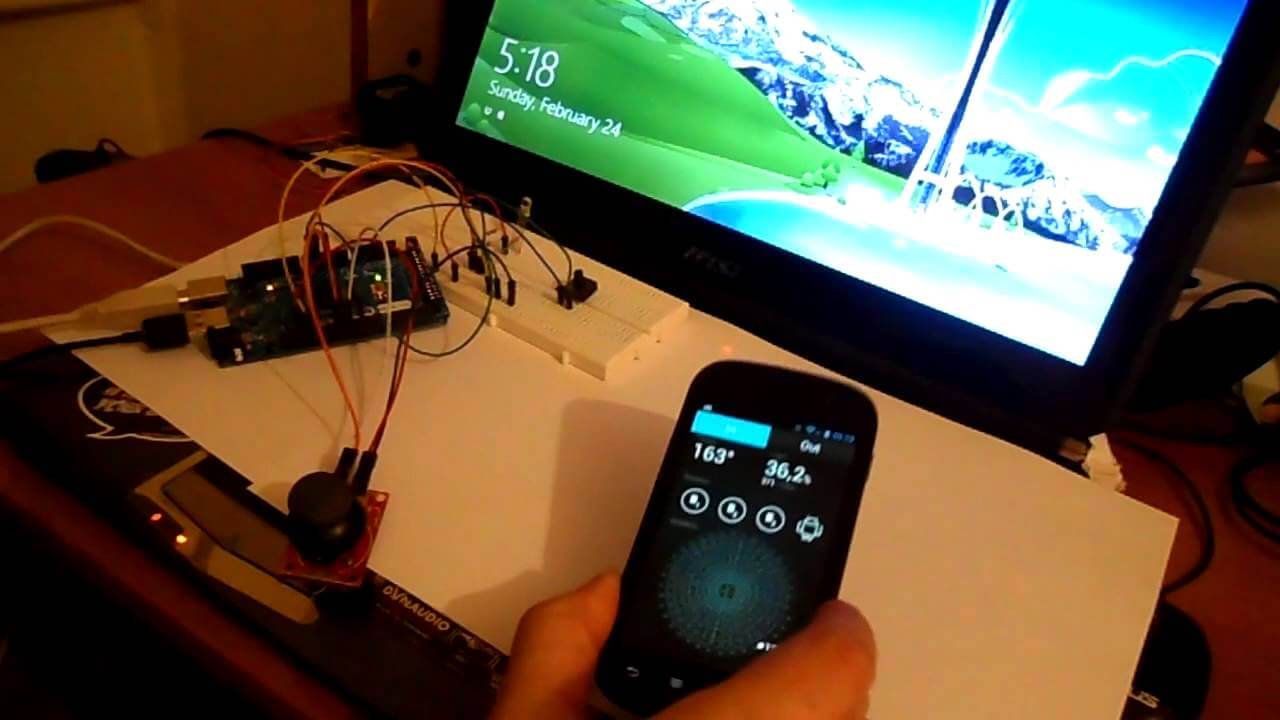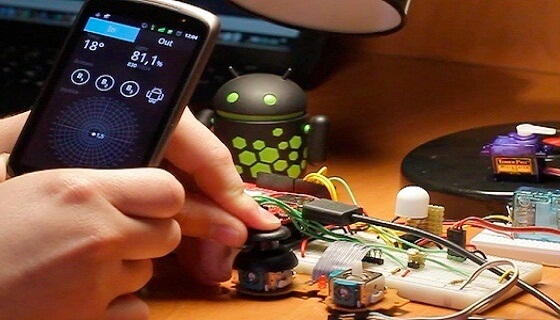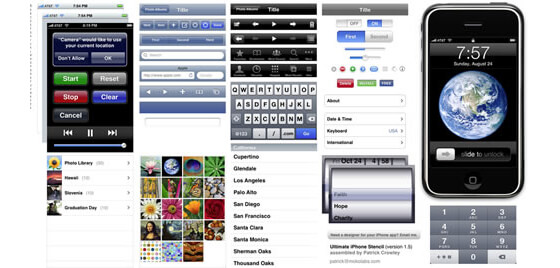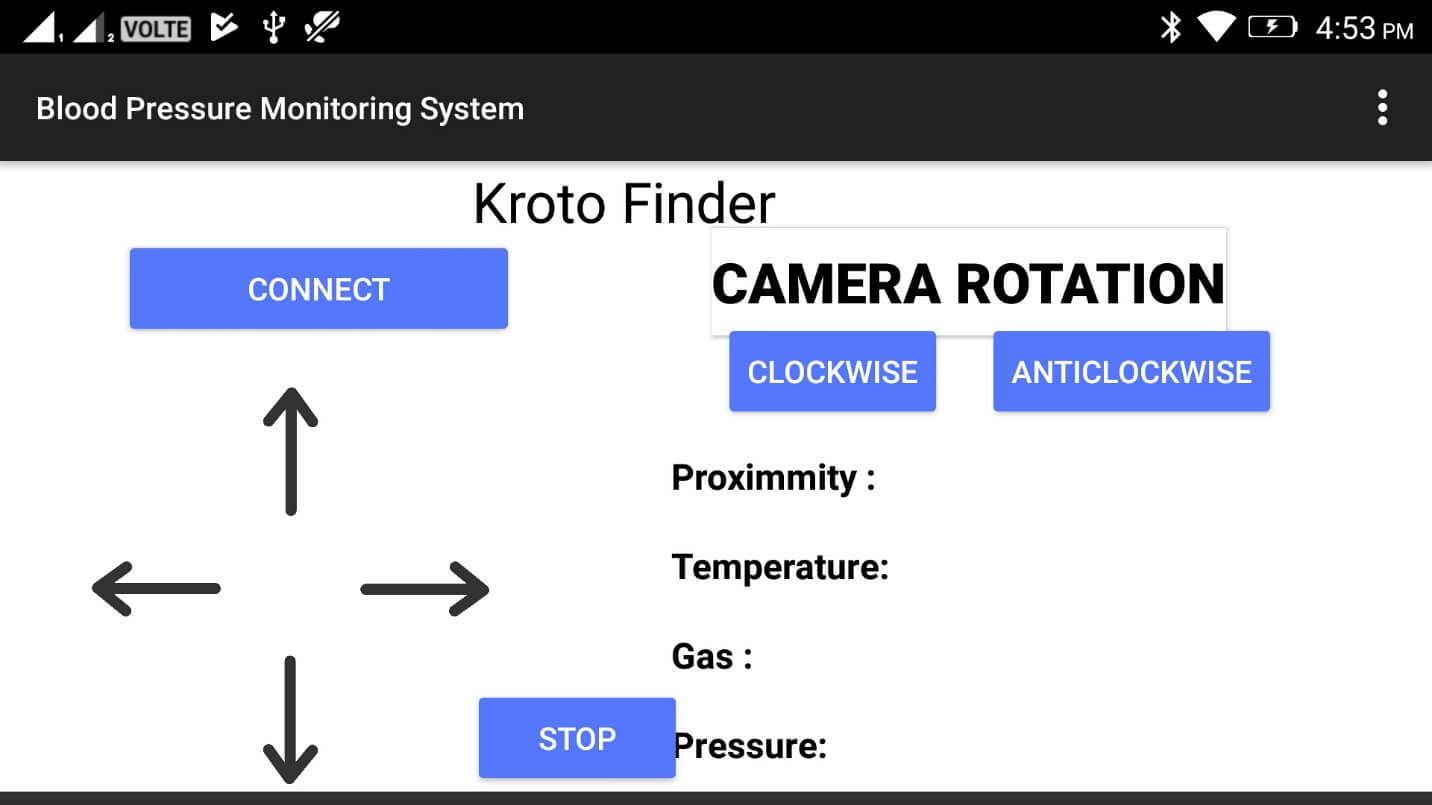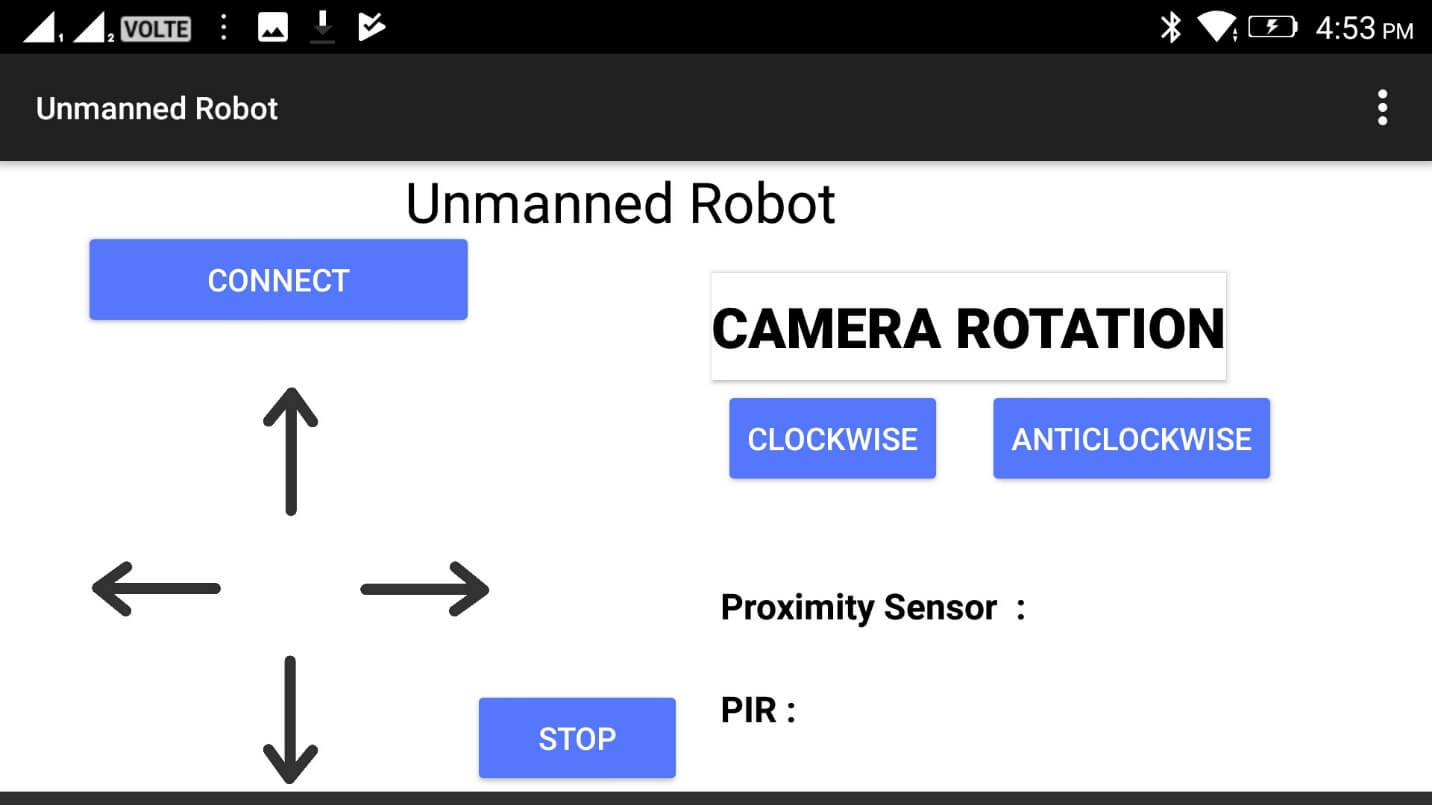LATEST ANDROID PROJECTS
At TECHNOFIST we provide academic projects based on Android with latest IEEE papers implementation. Below mentioned are the list and abstracts on Android domain. For synopsis and IEEE papers please visit our head office and get registered.
OUR COMPANY VALUES : Instead of Quality, commitment and success.
OUR CUSTOMERS are delighted with the business benefits of the Technofist software solutions.
LATEST ANDROID BASED PROJECTS
TECHNOFIST provides IEEE Transactions on ANDROID based projects with latest IEEE concepts and training in Bangalore. We have 12 years experience in delivering IEEE projects based on ANDROID applications. Below mentioned are few latest IEEE transactions on ANDROID based final year engineering Projects.
Technofist is the best institute in Bangalore to carry out ANDROID based projects for final year academic project purpose. Latest ANDROID concepts for what is essential for final year engineering and Diploma students which includes Synopsis, Final report and PPT Presentations for each phase according to college format. Feel free to contact us for project ideas and abstracts.
Students of ECE, CSE , ISE , EEE and Telecommunication Engineering departments, willing to pursue final year project in stream of IEEE transactions on Embedded projects using ANDROID can download the project titles with abstracts below.
| TEA001 | |
| TEA002 | |
| TEA003 | |
| TEA004 | |
| TEA005 | |
| TEA006 | |
| TEA007 | |
| TEA008 | |
| TEA009 | |
| TEA010 | |
| TEA011 | |
| TEA012 | |
| TEA013 | |
| TEA014 |
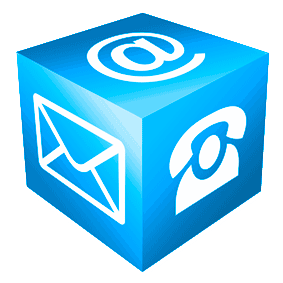
CONTACT US
For IEEE paper and full ABSTRACT
+91 9008001602
technofist.projects@gmail.com
Technofist provides latest IEEE Android Projects for final year engineering students in Bangalore | India, Android Based Projects with latest concepts are available for final year ece / eee / cse / ise / telecom students , latest titles and abstracts based on Android Projects for engineering Students, latest ieee based Android project concepts, new ideas on Android Projects, Android Based Projects for ECE, Android based Embedded Projects, Android latest projects, final year IEEE Android based project for be students, final year Android projects, Android training for final year students, real time Android based projects, embedded IEEE projects on Android, innovative projects on Android with classes, lab practice and documentation support.
Android based project institute in chikkamagaluru, android based IEEE transaction based projects in Bangalore, android projects in Bangalore near RT nagar, final year android project centers in Hassan, final year android project institute in Gadag, final year android project institute in Uttara Karnataka, final year android based project center in RT nagar, final year android projects in Bangalore @ yelahanka, final year android based projects in Bangalore @ Hebbal, Final year android based projects in bangalore@ koramangla, final year android based projects in Bangalore @ rajajinagar. IEEE based android project institute in Bangalore, IEEE based android project institute in chikkamangaluru, IEEE project institute in davangere, IEEE project institute in haveri, final year android based projects in hebbal, final year android based projects in k.r. puram, final year android based projects in yelahanka, final year android based projects in shimoga. Latest projects at Yelahanka, latest projects at hebbal, latest projects at vijayanagar, latest projects on embedded system at rajajinagar, final year android based projects at RT nagar, final year project institute in belgaum, project institute at kengeri, IEEE based project institute in jaynagar, IEEE based project institute in marathahalli, final year android based project institute in electronic city. Final year android based project institute in hesarghatta, final year android based project institute in RR nagar. Final year based project institute in jalahalli, final year android based project institute in banashankari, final year android based project institute in mysore road, android final year based project institute in bommanahalli.
ABOUT ANDROID
Android is a mobile operating system developed by Google, based on the Linux kernel and designed primarily for touch screen mobile devices such as smart phones and tablets. Android's user interface is mainly based on direct manipulation, using touch gestures that loosely correspond to real-world actions, such as swiping, tapping and pinching, to manipulate on-screen objects, along with a virtual keyboard for text input.
In addition to touchscreen devices, Google has further developed Android TV for televisions, Android Auto for cars, and Android Wear for wrist watches, each with a specialized user interface. Variants of Android are also used on notebooks, game consoles, digital cameras, and other electronics.
Android's default user interface is mainly based on direct manipulation, using touch inputs that loosely correspond to real-world actions, like swiping, tapping, pinching, and reverse pinching to manipulate on-screen objects, along with a virtual keyboard. Game controllers and full-size physical keyboards are supported via Bluetooth or USB. The response to user input is designed to be immediate and provides a fluid touch interface, often using the vibration capabilities of the device to provide haptic feedback to the user.
Internal hardware, such as accelerometers, gyroscopes and proximity sensors are used by some applications to respond to additional user actions, for example adjusting the screen from portrait to landscape depending on how the device is oriented, or allowing the user to steer a vehicle in a racing game by rotating the device, simulating control of a steering wheel.
Android devices boot to the homescreen, the primary navigation and information "hub" on Android devices, analogous to the desktop found on personal computers. Android homescreens are typically made up of app icons and widgets; app icons launch the associated app, whereas widgets display live, auto-updating content, such as a weather forecast, the user's email inbox, or a news ticker directly on the homescreen.
A homescreen may be made up of several pages, between which the user can swipe back and forth. Third-party apps available on Google Play and other app stores can extensively re-theme the homescreen, and even mimic the look of other operating systems, such as Windows Phone. Most manufacturers customize the look and features of their Android devices to differentiate themselves from their competitors.
Along the top of the screen is a status bar, showing information about the device and its connectivity. This status bar can be "pulled" down to reveal a notification screen where apps display important information or updates. Notifications are "short, timely, and relevant information about your app when it’s not in use", and when tapped, users are directed to a screen inside the app relating to the notification. Beginning with Android 4.1 "Jelly Bean", "expandable notifications" allow the user to tap an icon on the notification in order for it to expand and display more information and possible app actions right from the notification. An All Apps screen lists all installed applications, with the ability for users to drag an app from the list onto the home screen.
Applications
Applications ("apps"), which extend the functionality of devices, are written using the Android software development kit (SDK) and, often, the Java programming language. Java may be combined with C/C++, together with a choice of non-default runtimes that allow better C++ support. The Go programming language is also supported, although with a limited set of application programming interfaces (API). In May, Google announced support for Android app development in the Kotlin programming language.
The SDK includes a comprehensive set of development tools, including a debugger, software libraries, a handset emulator based on QEMU, documentation, sample code, and tutorials. Initially, Google's supported integrated development environment (IDE) was Eclipse using the Android Development Tools (ADT) plugin; in December, Google released Android Studio, based on Intelligent IDEA, as its primary IDE for Android application development. Other development tools are available, including a native development kit (NDK) for applications or extensions in C or C++, Google App Inventor, a visual environment for novice programmers, and various cross platform mobile web applications frameworks. In January, Google unveiled an framework based on Apache Cordova for porting Chrome HTML 5 web applications to Android, wrapped in a native application shell.
Android has a growing selection of third-party applications, which can be acquired by users by downloading and installing the application's APK (Android application package) file, or by downloading them using an application store program that allows users to install, update, and remove applications from their devices. Google Play Store is the primary application store installed on Android devices that comply with Google's compatibility requirements and license the Google Mobile Services software. Google Play Store allows users to browse, download and update applications published by Google and third-party developers; as of July, there are more than one million applications available for Android in Play Store. As of July, 50 billion applications have been installed. Some carriers offer direct carrier billing for Google Play application purchases, where the cost of the application is added to the user's monthly bill. As of May, there are over one billion active users a month for Gmail, Android, Chrome, Google Play and Maps.
Due to the open nature of Android, a number of third-party application marketplaces also exist for Android, either to provide a substitute for devices that are not allowed to ship with Google Play Store, provide applications that cannot be offered on Google Play Store due to policy violations, or for other reasons. Examples of these third-party stores have included the Amazon Appstore, GetJar, and SlideMe. F-Droid, another alternative marketplace, seeks to only provide applications that are distributed under free and opensource licenses.
DEVELOPMENT OF DATA ACQUISITION ROBOT FOR TOXIC ENVIROMENTAL MONITORING USING WSN – KROTO FINDER
This project is mainly implemented for industrial applications. Mainly for detecting the damages inside the oil pipe that cannot be detected by human beings. Kroto is the Greek word meaning to crack. Inside the pipe, there is very heavy temperature, pressure and toxic gases.
So we are implementing a robot that have a camera, temperature sensor, pressure sensor etc which is used to detect the crack and conditions inside the pipe. This data from all the high precision sensors will be transmitted using ZIGBEE protocol from the robot to the control station. The robot incorporates a wireless camera and the data from the cam is transmitted to the frontend Visual studio.
DESIGN AND DEVELOPMENT OF ANDROID CONTROLLED SMALL UNIT UNMANNED VEHICLE FOR TODAY’S ARMY
Nowadays robots play an important role in human beings day-to-day life. And Life is very important. Soldiers form the backbone for their country and they are very precious gem to their country. So soldier’s life becomes more valuable.
So here is a project which performs the functions of a soldier like firing, walking into the field. With the help of sensors and wireless camera the robots acts as a soldier and the commands are given to the robot through android app.

